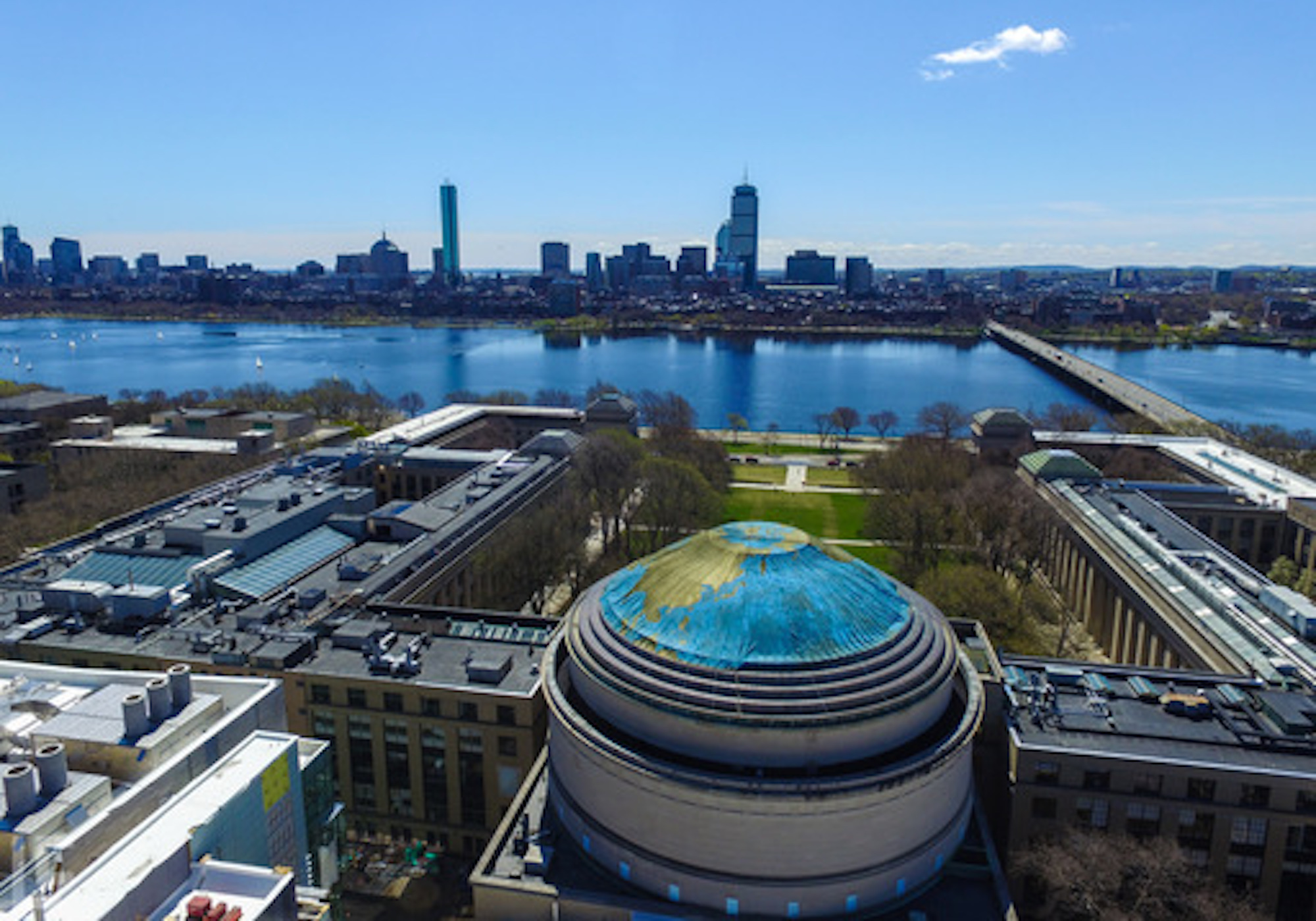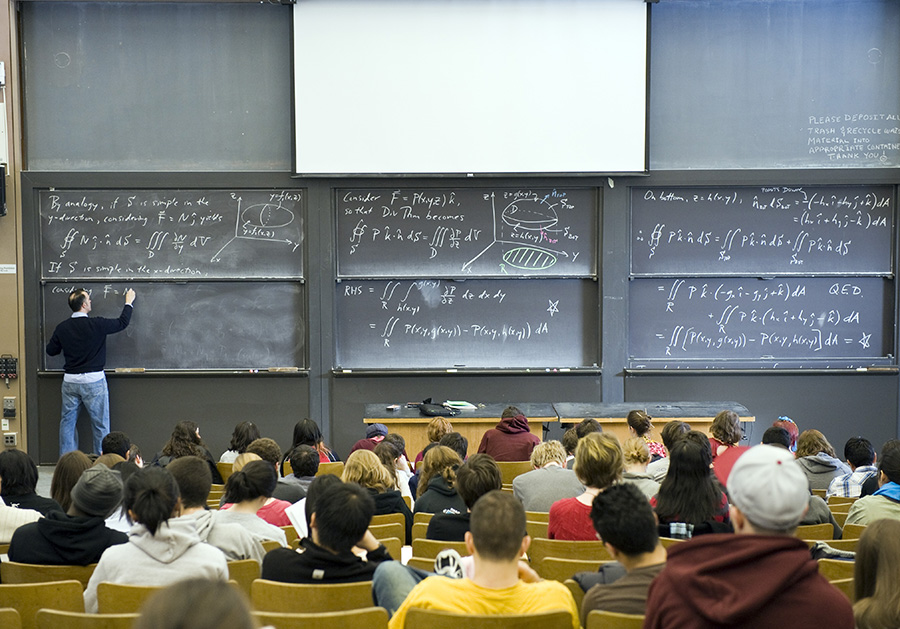Menu
Limits on Coal Use
Will New Limits on Coal use in China Reduce Toxic Air Pollutants across Asia?
Valerie J. Karplus, Assistant Professor, Sloan School of Management
Noelle E. Selin, Associate Professor, IDSS and EAPS
Year One Report Executive Summary
In our project thus far, we have examined how carbon pricing in China affects the energy system, co-emitted pollutants that form atmospheric particles, and associated health outcomes. We have developed novel approaches linking economic and energy modeling of China at provincial scale with air quality modeling and health impacts analysis. Our preliminary results show that carbon pricing in China can have substantial co-benefits for atmospheric particulate matter in China and associated health effects, that can more than compensate for the cost of carbon policies. However, we find large variation in associated co-benefits across different Chinese provinces, which illustrate the importance of addressing these issues at finer scale using coupled model approaches.
Proposed Work
Mainland China has some of the world’s highest levels of ambient air pollution, as well as half of the world’s emissions of mercury. Efforts to tackle air pollution in China’s Twelfth Five-Year Plan (2011-2015) by reducing coal use are having a significant impact on emissions-intensive activities. However, it is unclear whether coal reduction measures will achieve the ambient air quality improvements targeted in new plans, and China has only weak targets for mercury.
This research project quantifies the contribution of newly-enacted Chinese domestic policies to control coal use to the reduction of mercury and other ambient air pollutant emissions in 2015 and 2020, and estimates changes in mercury deposition and ambient air quality in China and the greater Asian region. Switching from coal to cleaner sources of energy has the potential to reduce precursors to ozone and PM such as nitrogen oxides (NOx) and sulfur dioxide (SO2) as well as mercury emissions, but leaves emissions of other precursors unaddressed.
Given that both the economic context and atmospheric implications of such energy transitions are multifaceted, assessing the potential environmental benefits of large-scale energy transitions requires a systems view. From an economic perspective, while coal may decrease, associated increases in coal use in other sectors or neighboring regions may compensate for energy sector emissions reduced locally. In addition, shifts in production prompted by development and pollution limits may just shift dirtier production to other countries in the Asian region, displacing but not eliminating pollutants. From an atmospheric perspective, the chemistry and transport of pollutants is complex, non-linear, and interactive. The implications of reductions in mercury from a particular source for deposition reductions at local, regional and global scale are also not straightforward to predict.
To study these dynamics, we will undertake a combination of empirical analysis and application of advanced modeling techniques. Specifically, we ask the following research question in this study: How will current efforts to limit coal use in mainland China affect toxic air pollution in Asia, including ozone, particulate matter, and mercury through 2020? We will use a combination of econometric estimation and modeling approaches to quantify the early impact of China’s Air Pollution Action Plan and related policies, and project impact on the energy system, emissions, and air quality through 2020. We will further focus on changes in coal demand across Asia as Chinese domestic demand and prices fall, and the resulting regional impacts on mercury deposition and air quality.
Outputs from this project will include new analysis of the impacts of recent air quality policies in China as well as reports that summarize findings for policymakers. By interacting directly with stakeholders involved in air pollution policy in mainland China and globally, our results will inform the policy process by demonstrating how decisions link to environmental outcomes.




















